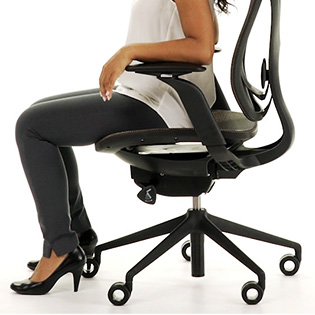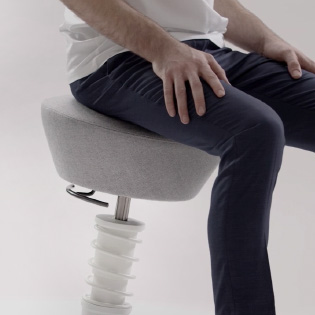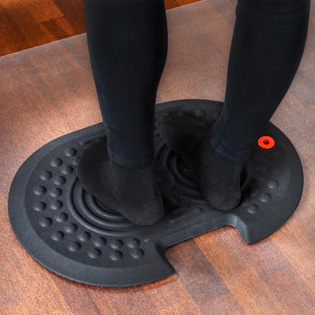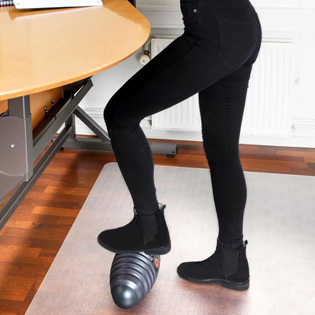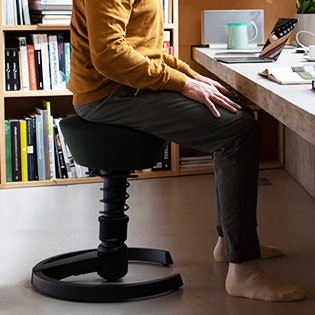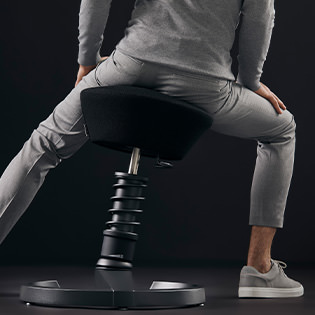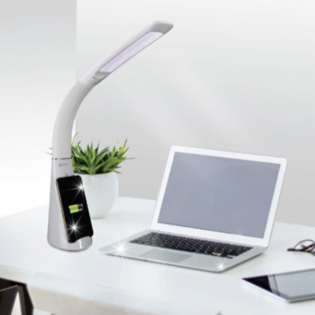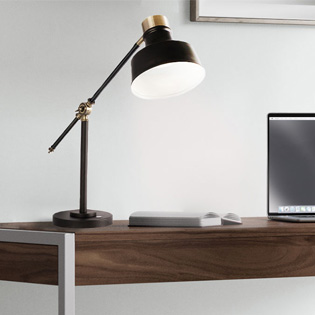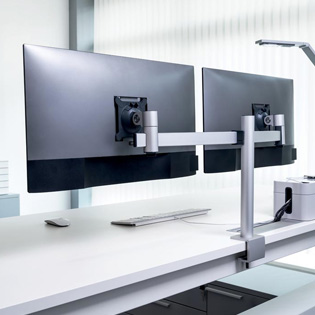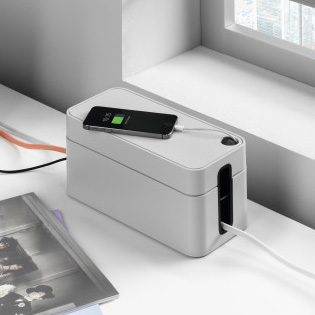Why You Should Spruce Up Your Workspace and How You Can Do It
Adopting bad habits while working from home will have inevitable consequences on your health. A 2020 PewResearch survey on remote work revealed that 39% of Americans said that they developed musculoskeletal problems after working from home. Another 30% of respondents said that their sleep quality declined, while 46% said that they exercised less. Because remote work arrangements promote sedentary lifestyles, poor posture, and poor work-life balance, workers need to be wary of any harmful practices they may be exposed to while working from home.
The easiest way to adopt better working habits is to make changes to your physical workspace. Simply trading your office equipment for ergonomic alternatives will promote better posture, while moving your workspace closer to natural light can improve your concentration and mood. Encourage healthier working routines with the following workspace recommendations.
Create a Physical Distinction Between Work and Home
When working outside your home, it’s easier to understand where work ends and your personal life begins. Your environment acts as a visual cue — the brain understands that the office means work and that home means rest and leisure. Without these physical distinctions, the brain gets confused. That’s why you sometimes end up wanting to relax during work hours and anxious to work on your off-time.
It’s best to assign a specific room for work. If that is not possible, create clear physical boundaries between your workspace and the rest of your home. You can use a curtain or divider to section out a small work nook. Having these physical barriers can hide your workspace from view and prevent you from thinking about work once you’re off the clock.
Move Your Workspace Closer to Natural Light
Limiting your exposure to sunlight will negatively affect your health. Not only will your body lose out on vitamin D, but it will also struggle to regulate your circadian rhythm, leaving you sleepy throughout the day and wakeful through the night. SymptomFind explains that Seasonal Affective Disorder risks significantly increase when people fail to get adequate sunlight during the winter months. Seasonal Affective Disorder leads to poor sleep, concentration problems, and feelings of hopelessness, which can further hinder work productivity.
To avoid these issues, move your workspace closer to natural light. Position your desk near large windows, then let more sunlight in by opening the blinds or windows. You can also hang mirrors close to your windows to cast more light around the room.
Encourage Movement with Active Equipment
Movement plays a big role in human health. Moving around helps the body maintain muscle tone, promote blood circulation, strengthen bones, and improve flexibility. Too much sitting around will cause the muscles to atrophy and increase your risk of developing cardiovascular diseases.
Using our ‘Active Chairs and Stools’, you can encourage movement while you work. Active chairs let you bounce, shift, and rock to prevent static sitting and promote fitness. And because movement promotes blood circulation and keeps you mentally stimulated, using an active chair will enhance your ability to concentrate, thus improving productivity.
Protect Muscles and Nerves with Ergonomic Accessories
Poor posture typing posture strains the muscles around the hands, wrists, arms, shoulders, back, and neck. The slow build-up of muscle damage will eventually lead to repetitive strain injury (RSI), a condition that causes numbness, tingling, cramps, weakness, and pain.
To prevent RSI, support your body with ergonomic accessories. Discourage hunching and neck strain by using a laptop stand to raise your computer to eye level. Provide cushioning for your wrists and hands with ergonomic keyboards or wrist rests. Finally, straighten your back by attaching lumbar support to your office chair.
Use Color to Boost Mood
Color and aesthetics play a big role in your mood. Spaces Magazine notes that nature-related aesthetics, such as houseplants, green walls, and green furniture, can produce a calming effect on the brain. On the other hand, the color purple is known to trigger creativity. Carefully consider what your needs are — if you prefer your environment to be soothing, stick with colors like green and blue. If you need an environment that boosts energy and inspires creativity, opt for bolder yellows and purples.
Remote work is not by nature unhealthy, but it can promote unhealthy routines. Simple workspace changes can encourage healthier habits and make your environment more conducive to productivity.
Written by Samantha Bench
